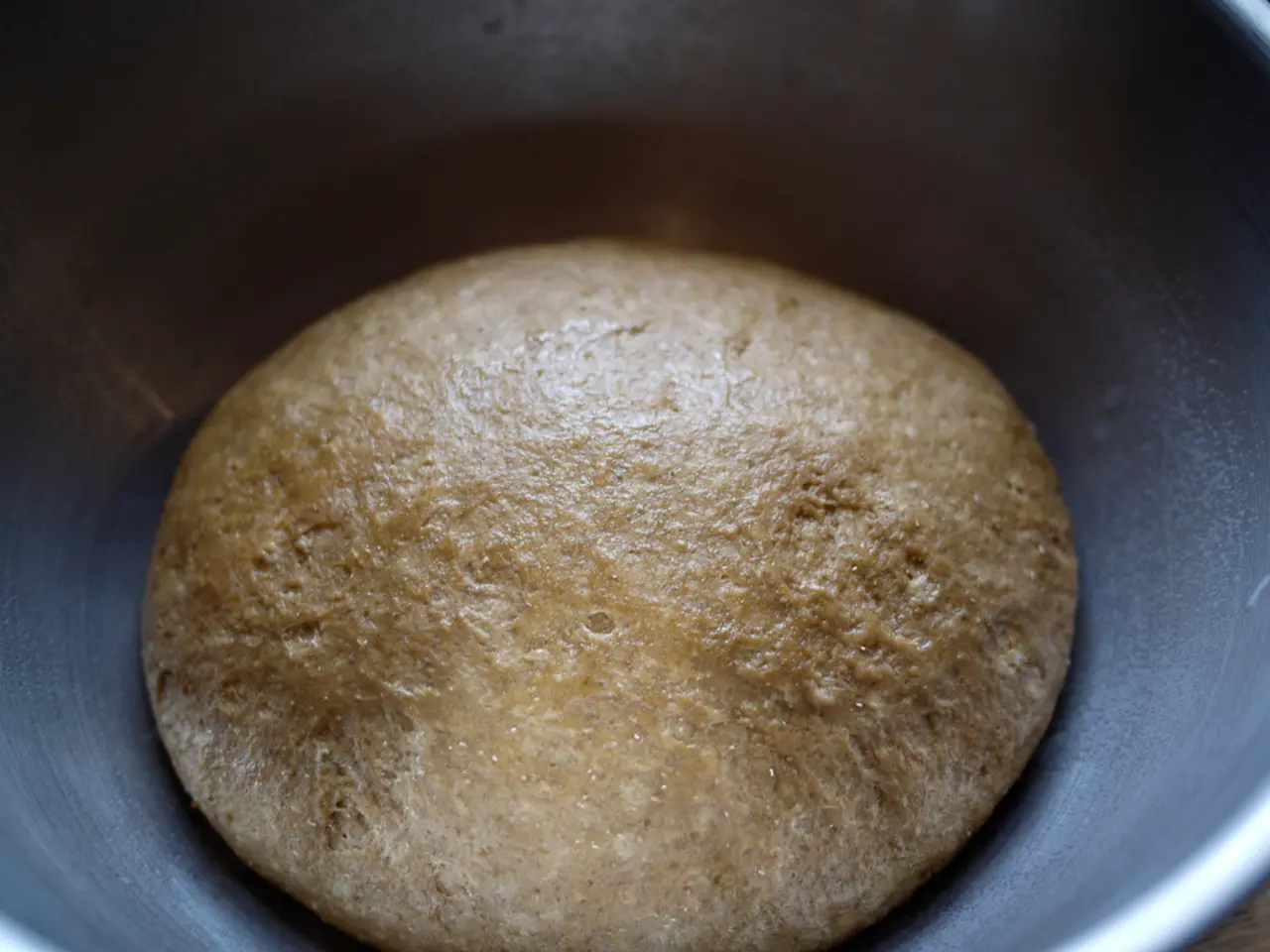Teff Flour Exploration: Its Identity, Usage, and Additional Insights
Teff, a small cereal grain native to Africa, has gained popularity among health-conscious individuals and those following a gluten-free diet. This grain, derived from the plant Eragrostis tef, boasts a nutty and mild molasses flavour and is a staple crop in Ethiopia.
Teff contains more nutrients per serving than all-purpose flour, making it a healthier choice for many. Compared to its counterpart, teff flour has a higher calcium content, is high in dietary fiber and protein, and is naturally gluten-free. This means it is suitable for people with celiac disease, non-celiac gluten sensitivity, and wheat allergy.
Teff flour is commonly used to make gluten-free food products like pasta, cereals, biscuits, crackers, and bread. However, for those who follow a gluten-free diet, it's essential to look for enriched teff flours, especially if they are not consuming enriched wheat flour. According to the FDA, flours labeled "enriched" must contain thiamine, riboflavin, niacin, folic acid, iron, and may also contain added calcium.
For those on a gluten-free diet, popular substitutes for teff flour include buckwheat flour, millet flour, sorghum flour, amaranth flour, quinoa flour, almond flour, coconut flour, brown rice flour, cassava flour, arrowroot, oat flour (gluten-free certified), potato starch, tapioca flour, and tiger nut flour. These flours and starches are often combined in blends to mimic the properties of teff and achieve good baking results, as single gluten-free flours usually lack the structure provided by gluten. Almond and coconut flours impart nutty or sweet flavors and are commonly used in baked goods like muffins, pancakes, or cookies. Buckwheat, millet, sorghum, and amaranth provide a more grain-like flavor closer to teff’s earthiness.
For those not following a gluten-free diet, wheat flour (all-purpose or whole wheat) is a common substitute due to its similar structure and gluten content, suitable for breads and pastas. Other traditional flours like barley and rye, which have nutty or earthy flavors, can also replace teff flour in recipes that allow gluten.
Interestingly, teff plants cultivated in Mediterranean climates have adapted their defense mechanisms to protect themselves from pests, which may change the taste and nutritional quality of teff crops. A 2020 study identified seven types of pests that attack teff plants in Mediterranean climates, which differ from those in Ethiopia. Teff is cultivated in other countries such as India, Australia, and the United States.
In conclusion, teff offers a nutritious and versatile alternative to traditional flours for both gluten-free and non-gluten-free diets. Whether you're looking to bake gluten-free pastries or enjoy a nutritious bowl of cereal, teff flour is a worthy addition to your pantry.
- Science has shown that teff flour is a healthier choice due to its higher calcium content, dietary fiber, and protein compared to all-purpose flour.
- For those following a gluten-free lifestyle, teff flour is suitable as it is naturally gluten-free, making it suitable for those with celiac disease, gluten sensitivity, and wheat allergies.
- In cooking and baking, teff flour can be used to create a variety of gluten-free food products such as pasta, cereals, biscuits, and bread, while also being a great addition to the health-and-wellness and food-and-drink lifestyle choices.
- As an alternative to teff flour, other gluten-free flours like buckwheat, millet, sorghum, amaranth, almond, coconut, brown rice, cassava, arrowroot, oat (certified gluten-free), potato starch, tapioca, and tiger nut flours, can be used, often combined in blends to achieve good baking results.




